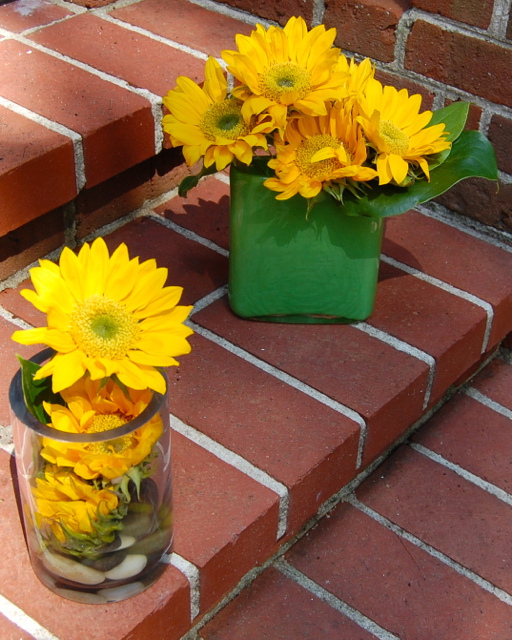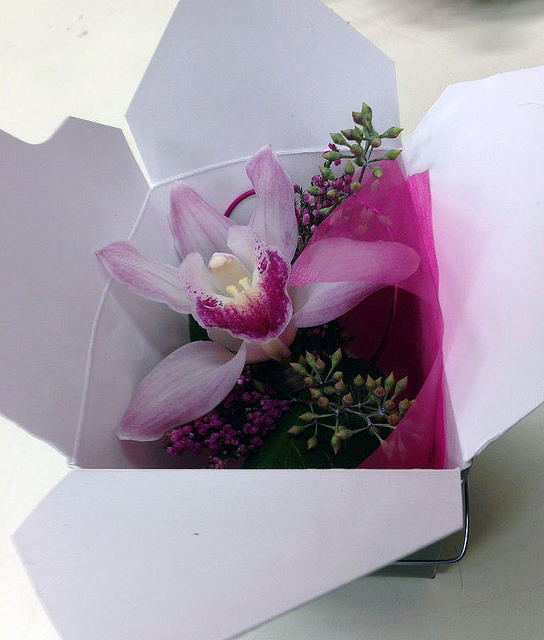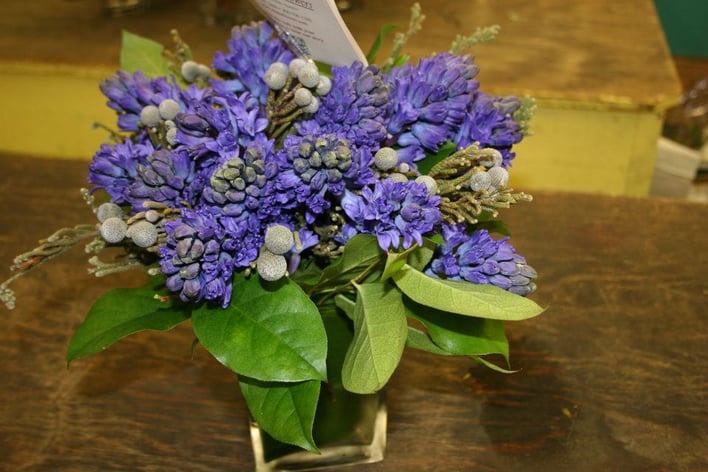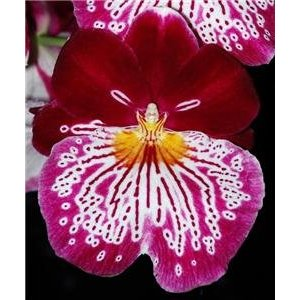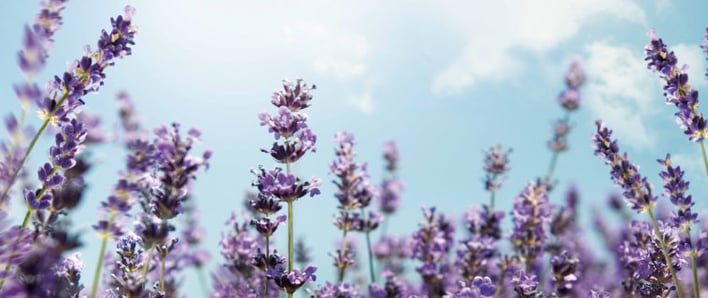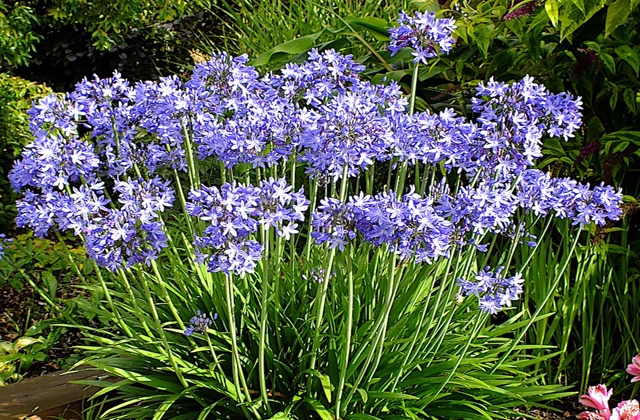There’s a lot to love about summer. The warm weather, beaches, swimming in the ocean and eating out on the back deck may be what comes to mind for you, when thinking about the arrival of the new season. For me, it’s the time when I can enjoy the fruits of my gardening labors as last year’s blooms resurface once again. It’s an exciting experience to watch the return of beautiful plants and flowers replenish my raised beds, almost always promising to grow bigger and stronger than the year before. Since New England encountered a winter of heavy snow, which kept the ground moist during the chillier months, it’s a pretty good sign this summer’s offering will be impressive. So what are my most favorite perennials I’m most anticipating within May and June? Here are my top picks and information on how to grow them.
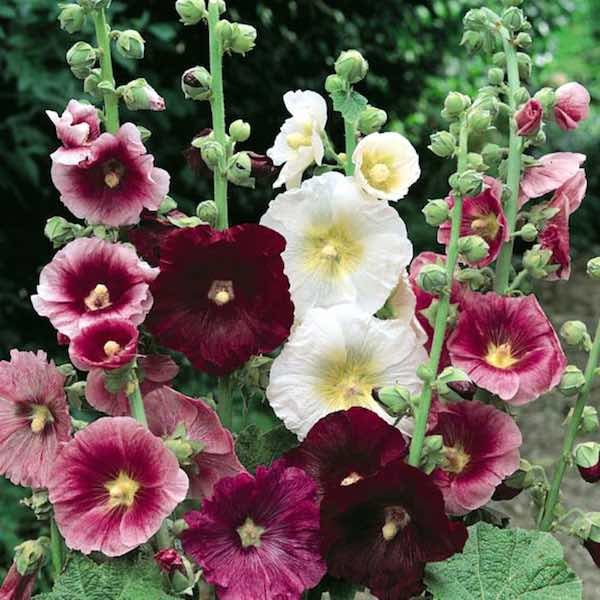
Oriental poppies are one of those species that looks impressive no matter where you plant them. They arrive early in late April when the feathery foliage begins to unfurl and the stem begins to sprout. You’re going to have to wait for the temps to warm a bit before you see the silky petals make an appearance but when they do, it’s sure to be quite an inspiring presentation.
Hollyhocks are also one of those varieties I can’t get enough of, and even though I’ve planted more than a few, I can’t help adding additions each and every year. The puffy blooms are stunning in mixed beds and fun to watch spike to heights sometimes towering over five feet tall! Hollyhocks love nutritious soil and full sunlight, so be sure to plant them in open areas and remember to feed them occasionally.

When I was in the wholesale biz, my favorite import was always some variety of hybrid delphiniums. The majestic stocks of blue, sapphire, white, pink, peach and mauve made such an impact on flower displays, I had to stuff my garden with several plantings. Similar to the hollyhock in appearance, delphinium also prefers lots of light and performs exceptionally well in crowded beds. Be on the lookout though for bees since they are also a favorite of the stinging insect.

